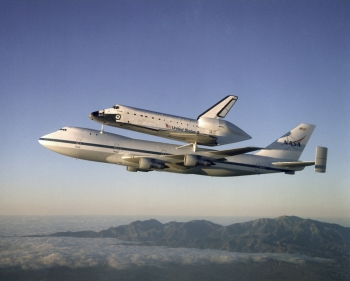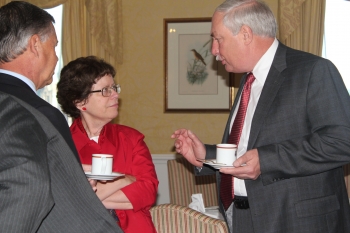Trade Promotion Coordinating Committee Releases 2011 National Export Strategy: Powering the National Export Initiative to Congress
U.S. Commerce Secretary Gary Locke, on behalf of the Trade Promotion Coordinating Committee, today released to Congress the 2011 National Export Strategy: Powering the National Export Initiative (PDF). The report reinforces the importance of U.S. exports of goods and services, which in 2010 totaled $1.84 trillion, an increase of nearly 17% over 2009 levels, and supported more than 9 million jobs in the United States.
Starting with this report, the annual National Export Strategy will fill the essential role of tracking and measuring the federal government’s progress in implementing the NEI. The TPCC will assess new opportunities and seek new ways for its agencies to improve coordination and increase effectiveness. The National Export Strategy identifies the four areas of focus during 2011:
- Collaborating with states, metropolitan areas, and border communities to help U.S. companies successfully export around the globe;
- Encouraging exports by U.S. companies selling technologies in high-growth sectors;
- Ensuring better data and measurement of U.S. services sector exporting; and
- Removing barriers to trade, including through passage of the South Korea, Colombia and Panama trade agreements.







